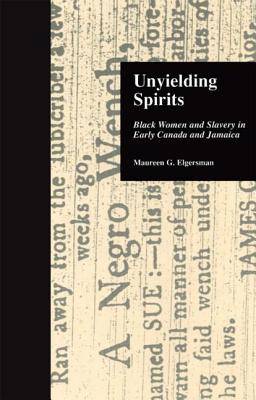
- Afhalen na 1 uur in een winkel met voorraad
- Gratis thuislevering in België vanaf € 30
- Ruim aanbod met 7 miljoen producten
- Afhalen na 1 uur in een winkel met voorraad
- Gratis thuislevering in België vanaf € 30
- Ruim aanbod met 7 miljoen producten
Zoeken
€ 216,45
+ 432 punten
Uitvoering
Omschrijving
This comparative study uncovers the differences and similarities in the experiences of Black women enslaved in colonial Canada and Jamaica, and demonstrates how differences in the exploitation of women's productive and reproductive labor caused slavery to falter in Canada and excel in the Caribbean. The research suggests that while the majority of Black women enslaved in early Canada were domestics, the majority of Jamaican women were field laborers, often performing some of the most labor-intensive work on the sugar plantations. While the efforts of the planter class to increase the number of children born to Jamaican women were not completely successful, reproduction seems to have been less of a concern in Canada where many Black women were often sold or freed because there was no use for them. The Canadian slave context seems to have allowed a broader range of material comfort as well. Despite obvious labor differences, Black women in Canada and Jamaica rejected their chattel status and condition, and resisted slavery similarly. This study is unique in its desire and ability to place Black Canadian slave women at the center of research, and then contextualize it with a Caribbean model.
Specificaties
Betrokkenen
- Auteur(s):
- Uitgeverij:
Inhoud
- Aantal bladzijden:
- 206
- Taal:
- Engels
- Reeks:
- Reeksnummer:
- nr. 6
Eigenschappen
- Productcode (EAN):
- 9780815332299
- Verschijningsdatum:
- 1/04/1999
- Uitvoering:
- Hardcover
- Formaat:
- Genaaid
- Afmetingen:
- 145 mm x 225 mm
- Gewicht:
- 317 g

Alleen bij Standaard Boekhandel
+ 432 punten op je klantenkaart van Standaard Boekhandel
Beoordelingen
We publiceren alleen reviews die voldoen aan de voorwaarden voor reviews. Bekijk onze voorwaarden voor reviews.











